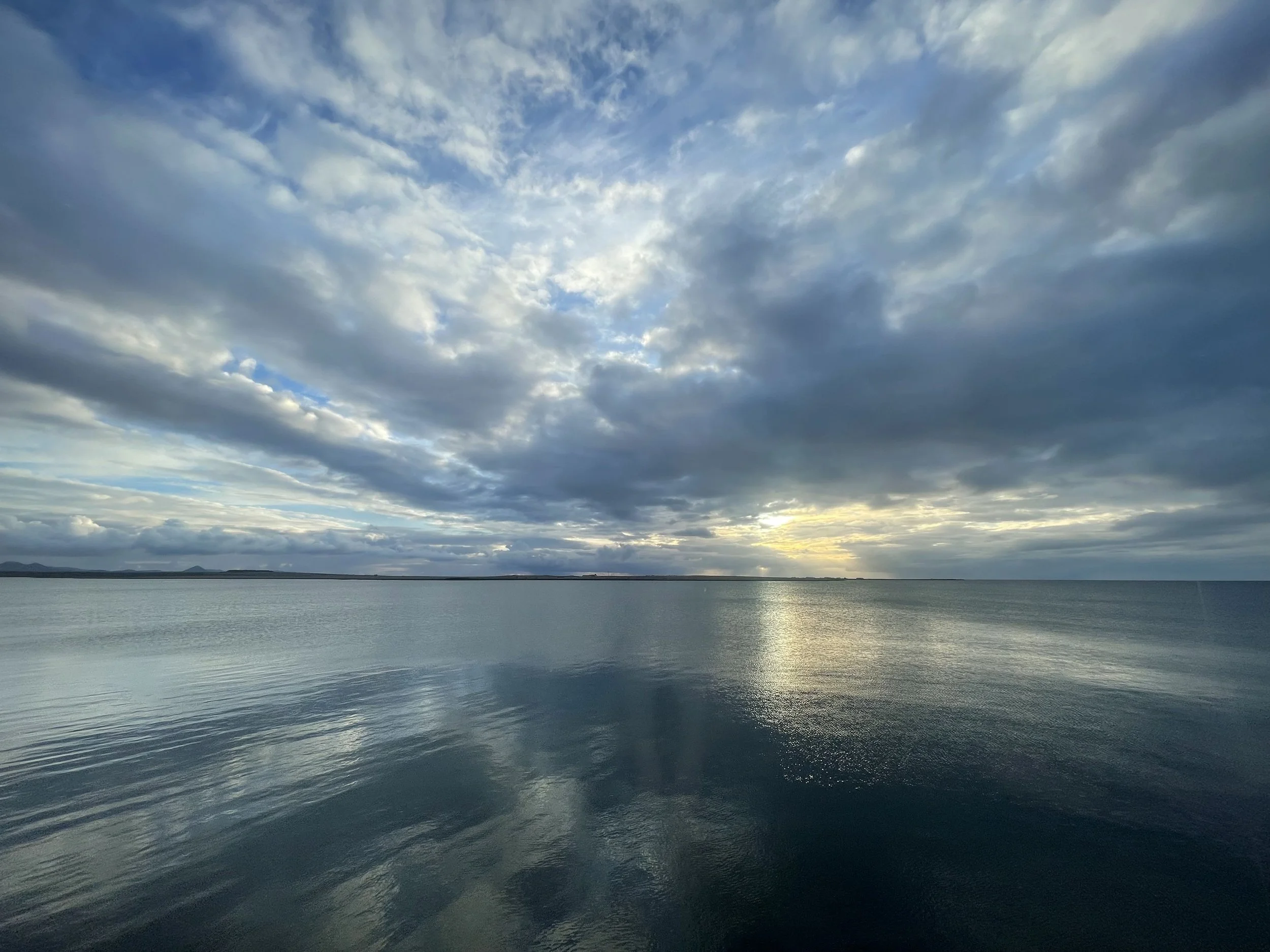When Interfaith Activists Face Violence
Shinnyo-en Memorial Ceremony Draws 40,000
More than 40,000 converged on a beach in Hawaii to witness and participate in Tōrō Nagashi, the floating lantern ceremony on Memorial Day this year. Millions more witnessed it on television and the internet. Veterans, city officials and state legislators, clergy from various traditions, and thousands of children, gathered at Ala Moana Beach Park on O’ahu’s south shore at dusk Monday, May 28. They joined in a day of memorial observances culminating in 3,300 lantern-bearing paper boats floating into the sunset with prayers for lost loved ones and for peace.[Ala Moana Beach Park on Memorial Day 2012]
“Interfaith 3.0” from the Outside
Talking with Tomorrow’s Peacemakers
We live in a violent world filled with conflict, and we always have. But every member of every generation has a responsibility to our world, each in our own way, to lessen the unhappiness that reigns on this planet. Our generation, like the ones before it, will grow up and lead the world. It is essential that tomorrow’s leaders, trying to fix our world’s problems, are empathetic, understanding not only their own people’s suffering, but the suffering of those on the ‘other side’ as well.
Interfaith and Peace, Social Justice, and Respect for the Earth
“War no more.” That was the hope that inspired Charles Bonney as he explained in his opening address to the 1893 World’s Parliament of Religions. Bonney believed that a major cause of conflict was “because the religious faiths of the world have most seriously misunderstood and misjudged each other.”i One hundred years later, Hans Küng declared that there would be “No peace in the world without peace between religions.”ii
Peacemaking – Seeking, Finding, Starting
Interfaith Peacemaking on the Documentary Screen
Telling Stories of Muslims and Christians in Syria
International Conference on Transforming Conflict: Sharing Tools for Cross-Cultural Dialogue
Religiously Motivated Peacemaking – a Report Card
A Safe Place to Address Prejudice, Stereotypes, and Fears
Several years ago I joined a small group of concerned people responding to a growing interest in appreciating and respecting the faith traditions of humankind. We developed home-based educational programs for small groups of interested people who know little if anything about religions other than their own. It began informally, spread by word of mouth, and now hundreds of workshops have been held.





